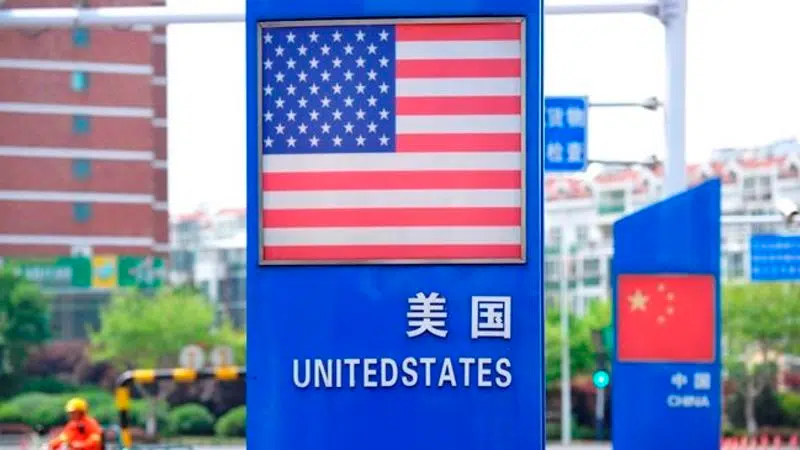
Trade dispute with US a political challenge for China’s Xi
BEIJING — The tariff war between Washington and Beijing poses one of the biggest challenges yet for Chinese President Xi Jinping, potentially exposing his political vulnerabilities at a time when the Chinese economy is already slowing.
The U.S. effort to win concessions from China on strategic industrial policies has put Xi’s own prestige on the line. It also has cast into question the ruling Communist Party’s social contract with the Chinese people: keeping authoritarian, one-party rule and ruling class privileges in exchange for delivering robust economic growth, better living standards and a higher global profile for China.
Chinese and U.S. officials were due to resume talks in Washington on Thursday on the dispute over Beijing’s technology ambitions in meetings overshadowed by President Donald Trump’s threat to raise tariffs further as of Friday.



